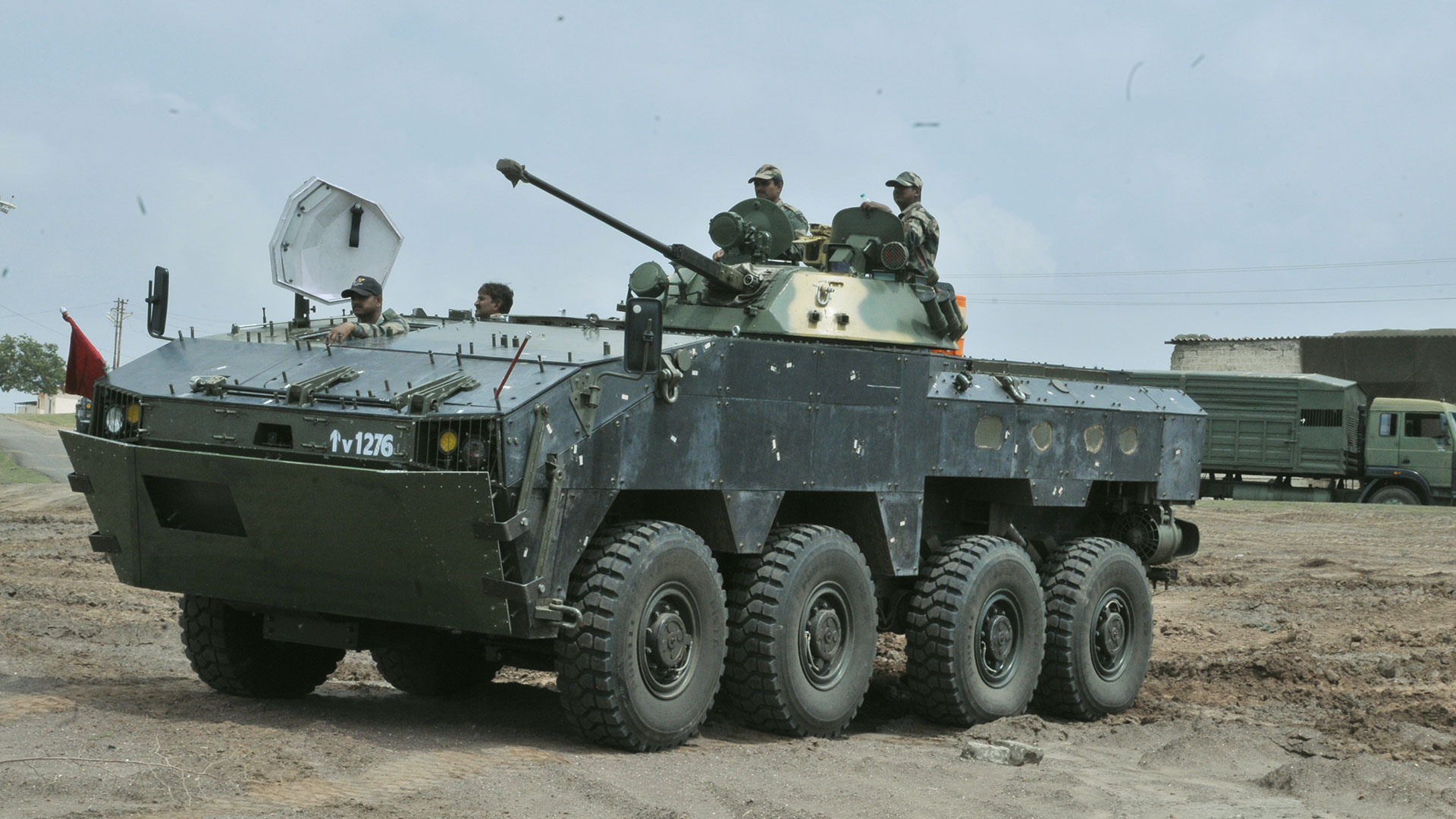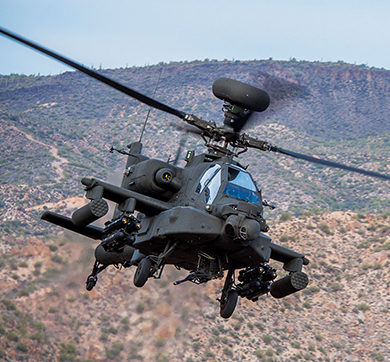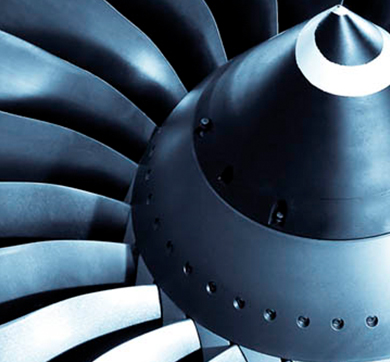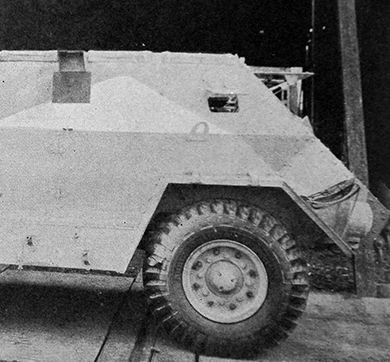June 2018 | 600 words | 2-minute read
What are the expectations from the consolidated Tata A&D?
There is the strategic element of synergising all of our efforts. This will make us a larger player, and, therefore, allow us to create more meaningful partnerships vis-à-vis the Government of India for ‘Make in India’ programs.
The defence business needs to be looked at as a long-term business that requires capital, technology and scale. It requires the ability to develop and absorb technology. It requires investments that will yield results only after a certain period of time. It requires time. I would say the defence business requires some amount of ‘patient capital’.
What are the benefits in terms of synergies that can be accrued across Tata A&D?
We are operating in land and air platforms, and the basic advantage would be that we would be able to offer complete solutions and complete systems on these platforms. That is a great ability.
The coming together of innovation and technology across the enterprise to deliver complete solutions as compared to individual products and services, will allow us to compete for every major defence project that is expected in the coming years.
Also, as a single source supplier to the major aerospace players globally, we have become a very crucial part of the global aerospace supply chain. We have emerged as a sought-after partner for global Original Equipment Manufacturers (OEM) due to a now proven ability to deliver contracts well in time, with the desired quality.
Please elaborate on the chief areas of focus at Tata A&D.
The intent is to scale up — build an even bigger and more sizeable business that is mutually beneficial for us and our customers. We already have the requisite experience and credibility in this arena and have built proven partnerships with our global suppliers. We will continue to explore opportunities to enhance the scale of our offerings and grow the technology base.
We are well positioned to seize the Indian government’s stated objective of private sector participation in the defence sector. Greater acceptance of indigenously developed defence technology by the government and the armed and paramilitary forces will provide further impetus to private sector defence manufacturing.
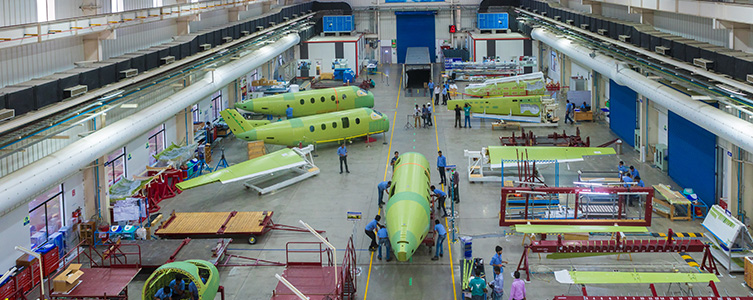
What needs to be done to ensure this acceptance?
We could partner with the state-owned entities to improve efficiency, cost, etc. We believe we can also play a crucial role in expediting the growth of advanced technology to deliver world-class products to the armed forces and paramilitary forces.
This would also enable growth of defence technology and allow intellectual property to be retained in India, resulting in commercial spin-offs. skilled personnel are the key to developing such technology.
What needs to be done to ensure greater availability of skilled personnel in the A&D sector? What steps is the group taking to tackle this?
Aerospace is a massively growing industry globally, with a phenomenal order backlog. This provides a great opportunity for India to plug into the global supply chain.
Both aerospace and defence are at the extreme far end of high-end technology. If we are able to skill our people to tap into this, it can then be leveraged into other design and manufacturing led sectors. This is our ticket to leapfrogging our workforce from traditional modes of talent development to the next generation. This is particularly so for the defence industry, where it is vital for homegrown technology and manufacturing to gain the skill levels to deliver defence hardware that meets the needs of the armed forces and reduce our dependency on arms imports.


